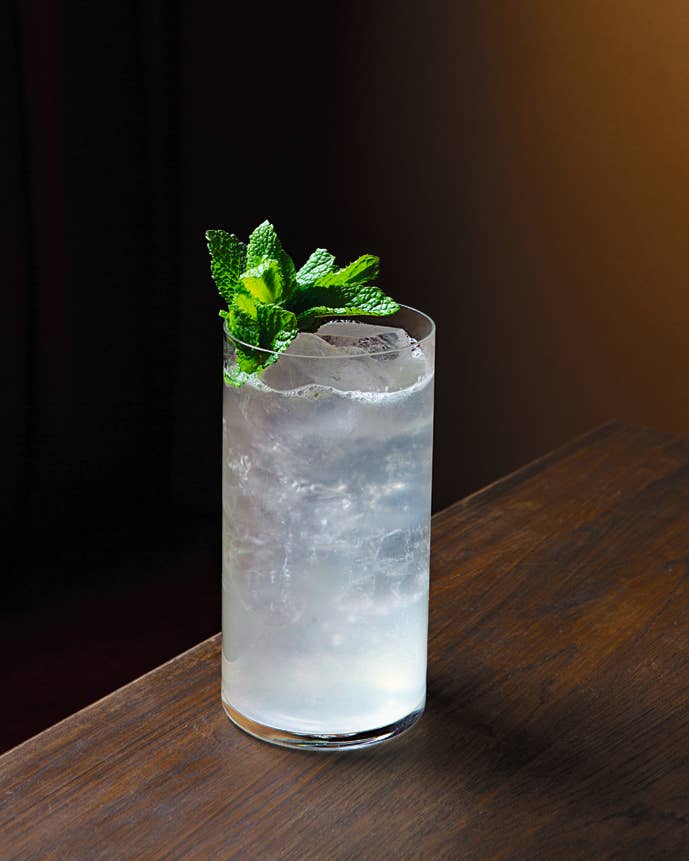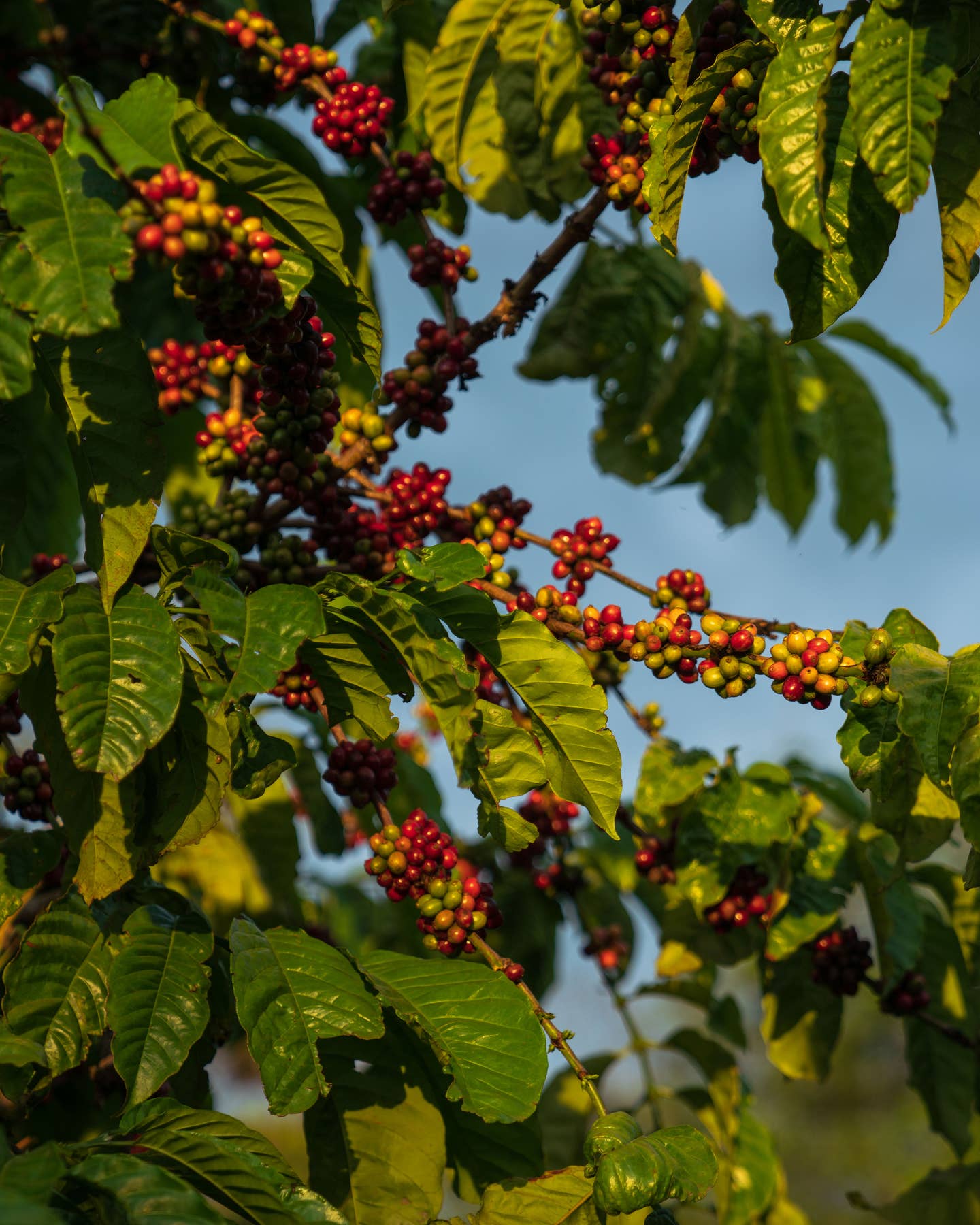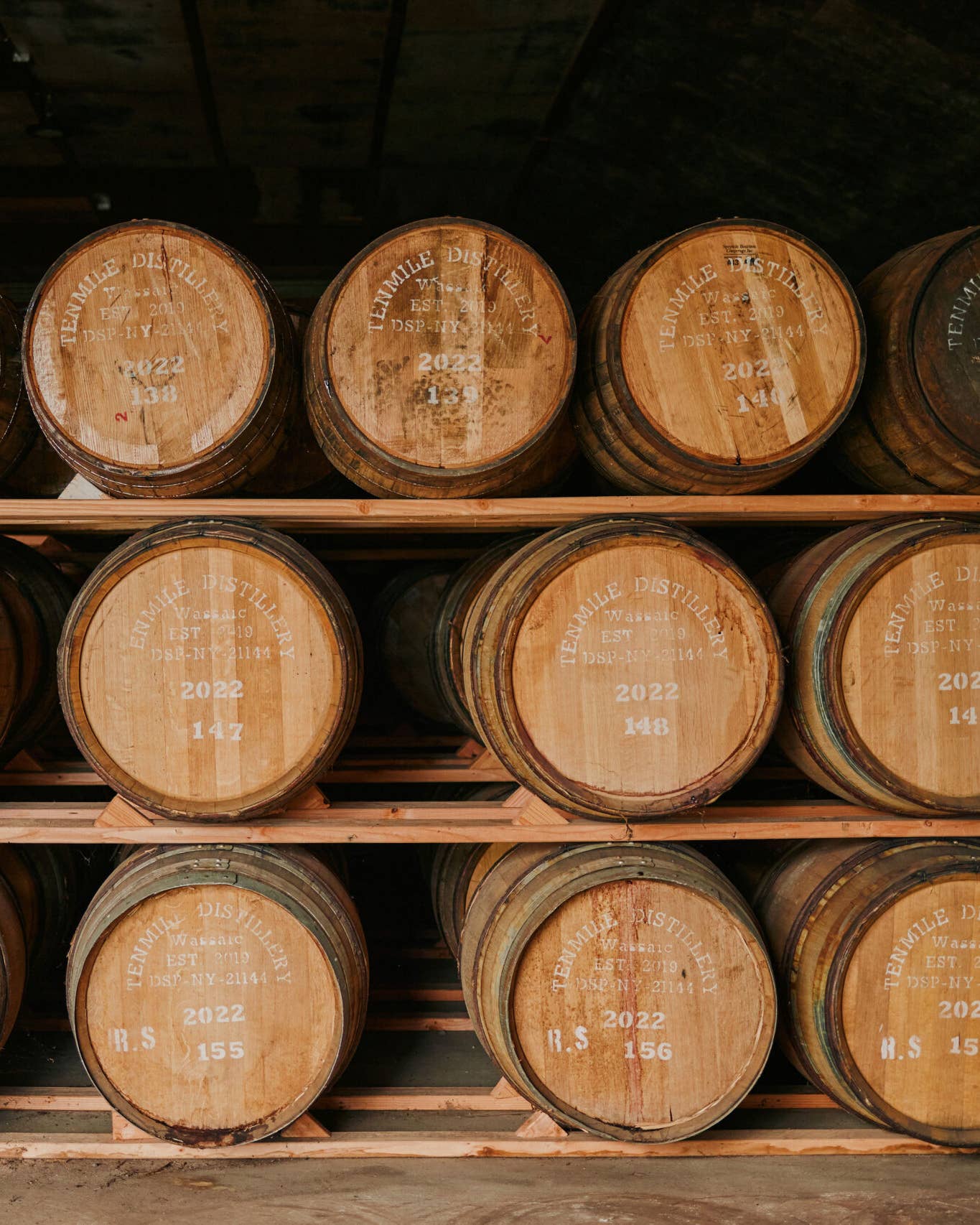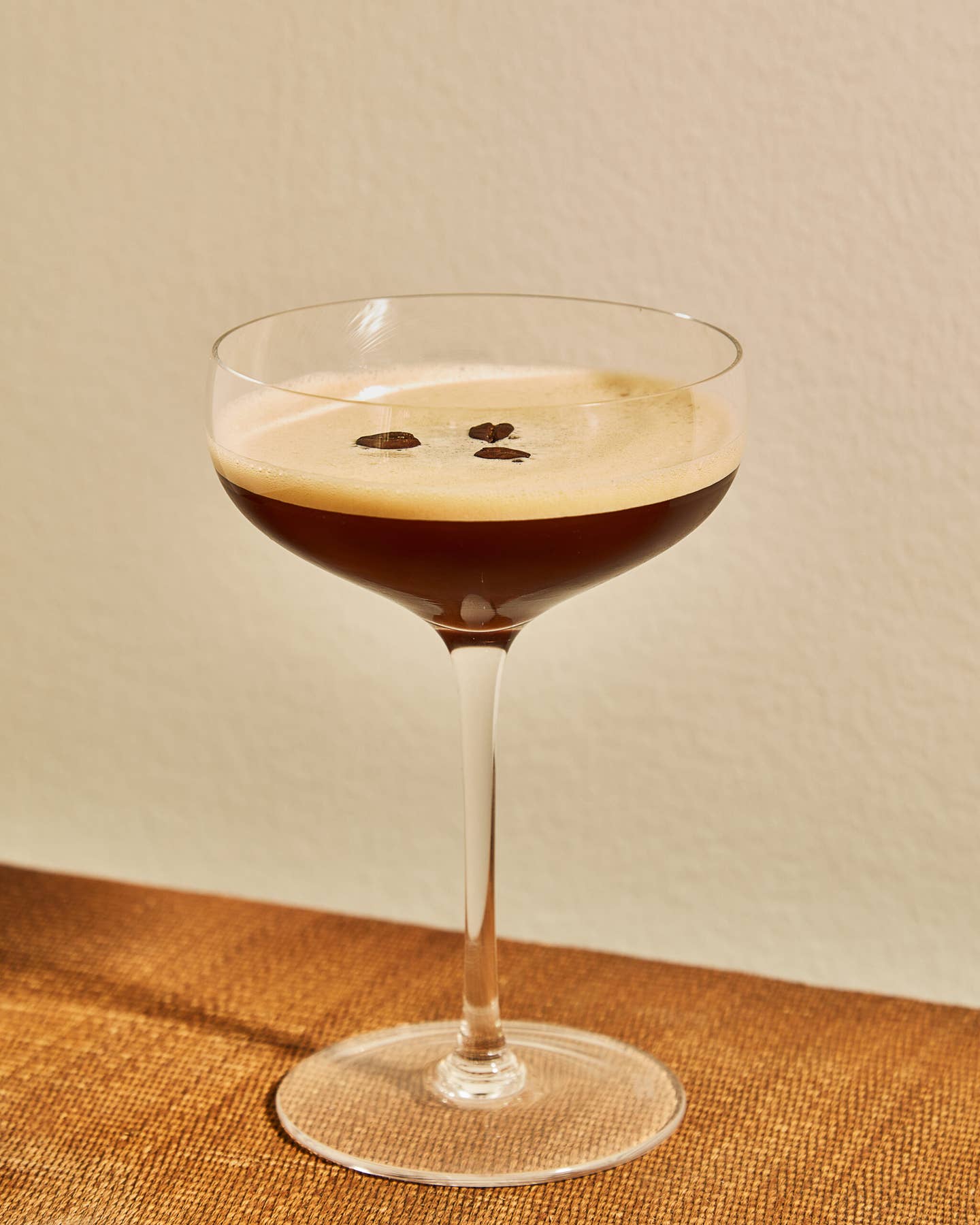
Putting Polish Vodkas to the (Taste) Test
Even though the holidays have come and gone, a good excuse for celebratory tippling can always be found at any time of the year. One of the most popular sources of cheer these days is high-end vodka, and there are more options out there than ever. My interest, though, has always been piqued by Polish vodka.
Poland has been able to project an element of exclusiveness, even elitism, around its vodka. That is in large part thanks to the aggressive marketing campaigns of the premium Polish vodka brands, like Chopin and Belvedere, which associate images of high fashion, beautiful women, and other forms of luxury with their products. But some of the hype is justly derived from the country's long history of vodka making, as well as its singular practice of elevating potato vodka to near-sacred status. Other countries (such as Russia, France, and Sweden) also count themselves members of the vodka-producing elite, but for the most part they denounce potato vodka as blasphemy. The debate has always intrigued me.
Vodka can be made from any number of starchy food staples, most notably rye, barley, wheat, oats, and potatoes. The distilling process breaks down the starches of these ingredients into sugars that are converted into alcohol. The resulting spirits can vary widely in their taste, mouth-feel, and aroma.
Of all the bases for vodka, potatoes produce the most viscous and creamy drink. Potato vodka can also be oily, overly sweet, and harsh at the same time. Wheat and rye vodkas have a tendency to be lighter, smoother, and cleaner, and detractors of potato vodka happen to focus on those qualities. Despite the criticism, Poland has in fact attained great prestige for its potato vodka, mostly prominently with Chopin. The company touts the provenance of its potatoes (from the Podlasie region of Poland) and the sheer quantity that goes into the making of a bottle (seven pounds). Drinking Chopin vodka proves that potato vodka can indeed offer a very pleasant experience. But what do Poles, specifically the authorities on Polish vodka, think? I recently had the opportunity to travel to Poland to find out firsthand.
What I noticed first about vodka in Poland is that, well, there's a lot of it, and most of the vodka brands were to me unrecognizable. Many brands are regional ones, available only locally. Even so, there were still dozens of nationally distributed brands that I had never heard of.
There's a good reason why there are so many different vodkas in Poland: the natives drink a lot of the stuff. Much drinking takes place around the dining table during lunch and dinner—and if you go a touch overboard at night, then you might take a little bit at breakfast too, just to get you going again.
Amid all the vodka drinking, clearly the national preference is for rye vodka. (Sorry, Chopin.) Given how intimately vodka and dining are linked in Poland, the preference makes sense. Good rye-based vodka, with its clean, light mouth-feel and short, hot finish, is well suited to the foods that Poles love. Deliciously oily herring, pickled vegetables, fried pierogi, garlicky sliced meats, and rich roasts are all perfect counterpoints to vodka's steely minerality and its solvent-like alcohol. In concert, these qualities lift strong flavors and mouth-coating fats off the tongue in preparation for the next bite.
Back in our test kitchen, we too were drawn to rye-based vodka, for its smooth, clean drinkability and its subtle and brief peppery burn. While flavorful and aromatic, both of the potato vodkas we tasted (Chopin and Luxsosova) we found heavy, viscous, and a bit oily. Some thought Luxsosova was downright aggressive.
Of all the rye-based vodkas, we determined Sobieksi vodka to be the smoothest and most pleasant of all the rye-based vodkas, and the good news for these difficult economic times is that it's also the least expensive. Sobieski made for such easy drinking that one taster promised he could easily imagine substituting it for water. Potocki emerged as the most distinguished, refined, and interesting, one that is a true connoisseur's vodka, meant for slow enjoyment. One taster likened it to a fine "sipping" brandy, with a rich nose reminiscent of vanilla and oak.
Tasting Results All vodkas were tasted at room temperature. They are listed in the order of the author's preferences.
Potato Vodkas
Chopin: Viscous, with a creamy mouth-feel. A bit of funk on the nose but a pleasant herbal flavor. Seemingly sweet with a smooth, short finish. An enjoyable experience overall.
Luxsosova: Flavorful but harsh, with an unpleasant horseradish bite and burn on the finish.
Rye Vodkas
Sobieski: A standout favorite for its smoothness and remarkable drinkability. Free of any unpleasant bite or burn. Crystal-clear minerality. An easy, enjoyable, everyday vodka.
Pototcki: A true connoisseur's vodka, meant to be sipped and savored. A beautiful, fragrant bouquet reminiscent of brandy's, with notes of warm vanilla and wood, while still maintaining a characteristic minerality.
Belvedere: Creamy, almost peppery, but not particularly flavorful or unique. Harsh burn on the back end.
Keep Reading
Continue to Next Story










